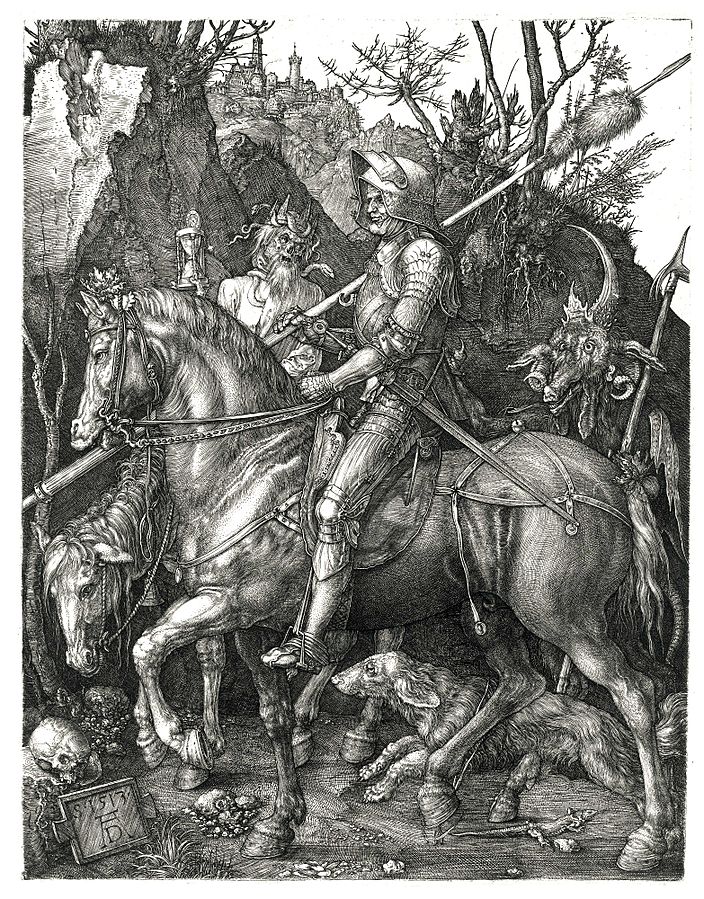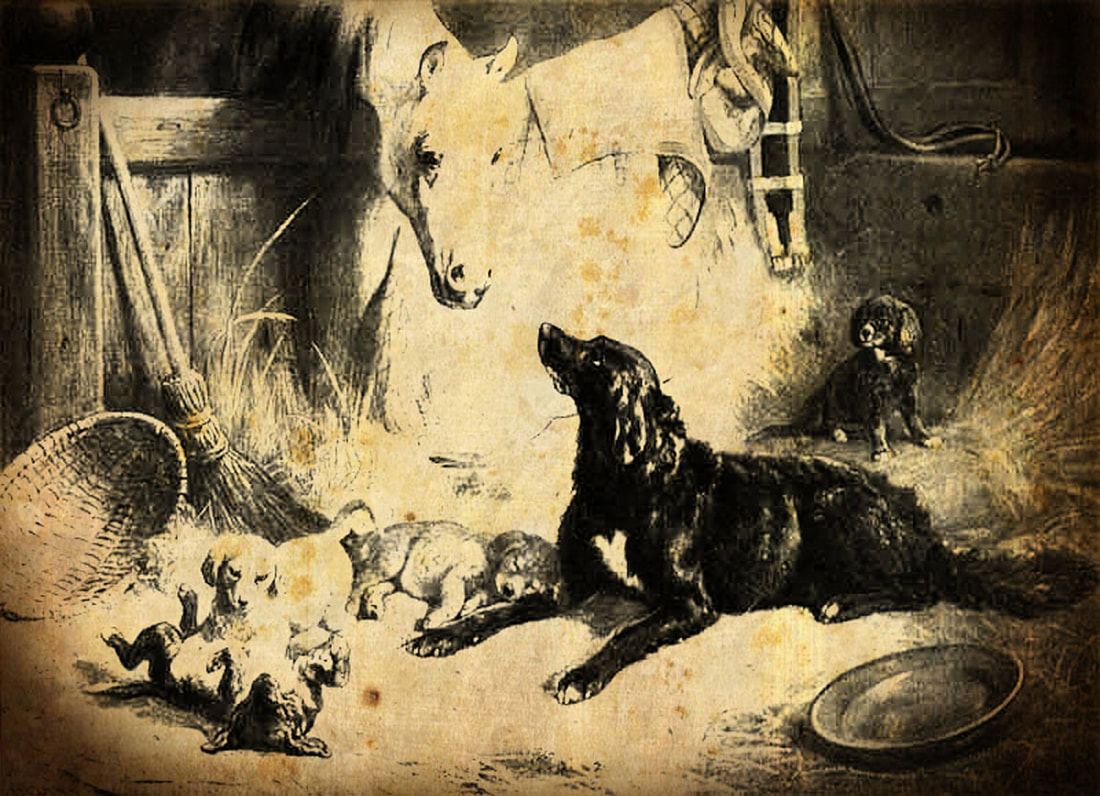An Ancient and modern dog
A superb all-around working dog, the Hovawart was developed in the early twentieth century in Germany’s Harz region. With a goal of recreating the long-haired working farm dogs of Northern Germany, Kurt König cross bred German Shepard Dogs, Leonbergers, Newfoundlands, and other working dogs with general farm dogs of the type he sought to reproduce as its own breed. Today's breed, like most pure breeds, is relatively new, though the name “Hovawart” comes from Middle High German (Hof=court or yard and Wart or Wächter=watcher) and is mentioned in lawbooks from the Middle Ages. The first official studbook entries for the Hovawart were recorded in 1922 – making 2022 the Hovawart’s official 100th Anniversary. In fact, a large celebration was held near Fulda, Germany with over 400 Hovawarts in competition.
Though very rare in North America, the breed is well known in its native country of Germany as well as throughout western, central, and northern Europe. The medium-sized long-haired dog can be found in three colors: Black and Tan, Blonde, and Black. The males are between 24 inches and 27 inches at the withers, while the females are between 22.5 and 25.5 inches in height. Beyond the height, the head size and body structure are markedly different between the sexes.
Since the start of the breed , great importance has been placed on the health of the dog and uniformity across borders. Instances of hip dysplasia, for example, are very low in the Hovawart as are reports of cancer. All reputable breeders and breed clubs work hard to maintain these standards, and detailed records are maintained in order limit the passing of undesirable health issues between generations. National Hovawart breed clubs meet regularly to discuss the health of the breed and to develop plans for the continued health of the Hovawart, and their lifespan has historically been between 10 and 14 years. But the ongoing efforts to limit reproduction by unhealthy dogs, eliminating nearly all inbreeding, and increased understanding of the dog’s genetics are certainly some of the reasons we can say this breed has remained so healthy.
As a working dog, the Hovawart requires a job to do. Luckily, they seem to like almost any activity. Competitive obedience, IGP, tracking and man trailing, therapy – the active owner is certain to find the right job for her Hovawart. But it is necessary to do something. These dogs cannot sit around the house for too long.
The breed is independent and not particularly interested in pleasing its owner, though it does respond to a partner. Some may say they are stubborn, but headstrong may be the better word. They are very protective of their home and family but can be quite standoffish to strangers until they understand that their owner is not concerned. Hovawarts can be good with the little ones who they know well. But – like all dogs and children– they should be closely supervised when around one another. The Hovawart’s size, bark, and protective nature may be traits that some children, and adults, are not used to. We do not recommend the breed to first time dog owners or those without the commitment to work with their new family member.
Though very rare in North America, the breed is well known in its native country of Germany as well as throughout western, central, and northern Europe. The medium-sized long-haired dog can be found in three colors: Black and Tan, Blonde, and Black. The males are between 24 inches and 27 inches at the withers, while the females are between 22.5 and 25.5 inches in height. Beyond the height, the head size and body structure are markedly different between the sexes.
Since the start of the breed , great importance has been placed on the health of the dog and uniformity across borders. Instances of hip dysplasia, for example, are very low in the Hovawart as are reports of cancer. All reputable breeders and breed clubs work hard to maintain these standards, and detailed records are maintained in order limit the passing of undesirable health issues between generations. National Hovawart breed clubs meet regularly to discuss the health of the breed and to develop plans for the continued health of the Hovawart, and their lifespan has historically been between 10 and 14 years. But the ongoing efforts to limit reproduction by unhealthy dogs, eliminating nearly all inbreeding, and increased understanding of the dog’s genetics are certainly some of the reasons we can say this breed has remained so healthy.
As a working dog, the Hovawart requires a job to do. Luckily, they seem to like almost any activity. Competitive obedience, IGP, tracking and man trailing, therapy – the active owner is certain to find the right job for her Hovawart. But it is necessary to do something. These dogs cannot sit around the house for too long.
The breed is independent and not particularly interested in pleasing its owner, though it does respond to a partner. Some may say they are stubborn, but headstrong may be the better word. They are very protective of their home and family but can be quite standoffish to strangers until they understand that their owner is not concerned. Hovawarts can be good with the little ones who they know well. But – like all dogs and children– they should be closely supervised when around one another. The Hovawart’s size, bark, and protective nature may be traits that some children, and adults, are not used to. We do not recommend the breed to first time dog owners or those without the commitment to work with their new family member.
Albrecht Dürer
|
Benno Adam
|


